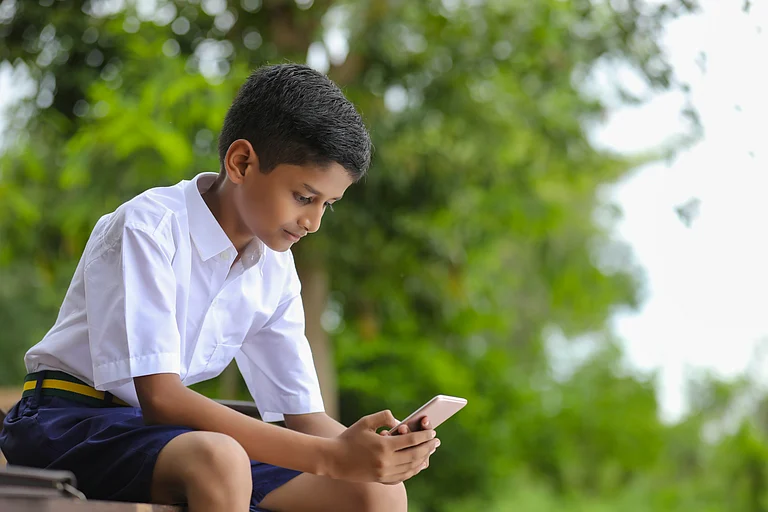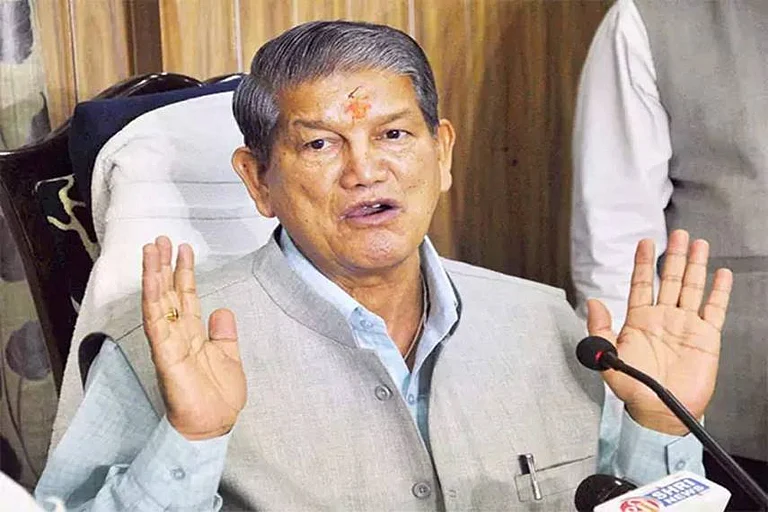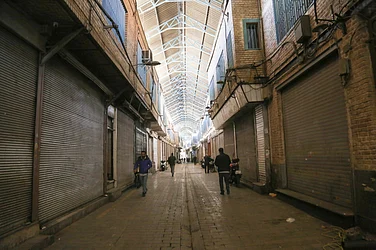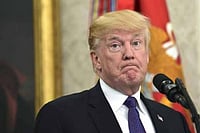Ten years after the Bharatiya Janata Party (BJP) successfully countered the Congress party’s ‘Ho Raha Bharat Nirman’ advertisement blitzkrieg with the ‘Janata Maaf Nahi Karegi’ campaign, the election campaign scenario has changed vastly. Technology as well as the evolved media consumption patterns of the public are the main drivers of the change.
In India, Prime Minister Narendra Modi pioneered the usage of social media for electoral purposes. Beginning from the 2014 election campaign, Modi and the BJP used social media platforms to their advantage and the Opposition was slow to catch up. While social media was largely limited to Facebook in 2014, it now covers a whole range of platforms, including X (formerly Twitter), Instagram, YouTube, etc.
In the first term of PM Modi, the BJP also pioneered the usage of WhatsApp, the main messaging app in India, for electoral purposes. The extent of the BJP’s mastery of WhatsApp has been such that the party’s critics came up with the phrase ‘WhatsApp University’ to criticise the political narrative set by the BJP’s WhatsApp campaigns. While social media and WhatsApp were novel at one point, they are almost old school now. Now, with the advent of artificial intelligence (AI) and the influencer era, the BJP as well as the Opposition have increasingly taken to these new tools to drive their campaigns.
The political parties, the BJP and the Opposition alike, have co-opted popular podcasters and YouTubers for brand-building exercises of their leaders. Prime Minister Narendra Modi has been featured by the ‘Humans of Bombay’, Rahul Gandhi has been hosted on the ‘Curly Tales’ show, and politicians from across the spectrum have recorded sessions with popular broadcasters like Ranveer Allahabadiya and Samdish Bhatia. Such influencer-centric public outreach gives the parties an apolitical platform and a chance to bring out a softer and much more humane side of their leaders that can click with people much more easily.
Besides the influencer space, the parties are also utilising new-age technology, such as real-time translation, holograms, and even deepfakes. While BJP’s Manoj Tiwari was the first mainstream leader to use deepfakes in campaigns formally, the Congress party led the way by setting up a data analytics centre in 2018 to use big data for the party's benefits.
As we inch towards the 2024 general elections, we shall know soon which camp manages to outdo the other in terms of the optimum utilisation of the new-age campaign tools.


























